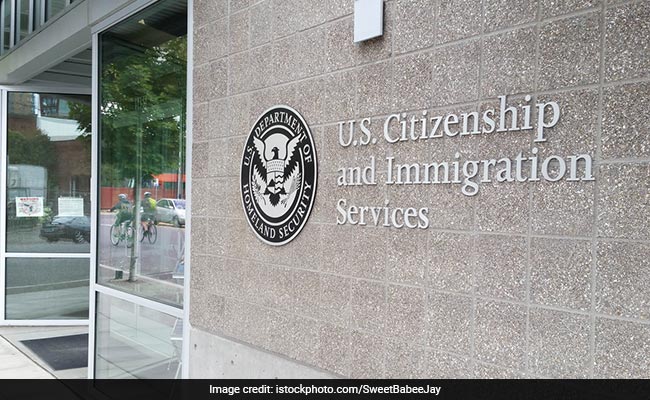
83,578 Indians are in line for green card under EB-1 category (Representational)
Quick Take
Summary is AI generated, newsroom reviewed.
Shortest wait is for highest skilled category for EB-1 immigrants
The biggest backlog is for EB-2 workers, who have advanced degrees
In 2017, only 22,602 Indians issued legal permanent residency cards
The shortest wait is for the highest skilled category for EB-1 immigrants with "extraordinary ability". EB stands for employment based.
The extraordinary immigrants from India will have to wait "only" six years, Cato Institute said in its latest report.
According to the USCIS, there are 34,824 Indian applicants under EB-1 category. Along with their 48,754 spouse and children, 83,578 Indians are in line for green card under EB-1 category.

US President Donald Trump has tightened immigration controls
However, the biggest backlog is for EB-2 workers, who have advanced degrees.
"At current rates of visa issuances, they will have to wait 151 years for a green card. Obviously, unless the law changes, they will have died or left by that point," Cato institute said.
According to the USCIS, there were 2,16,684 primary Indian applicants under EB-2 category and 2,16,684 spouses and children, thus making a total of 4,33,368.
This is primarily because of the existing laws which impose a per-country-limit of seven per cent.
In all 306,400 primary Indian applicants are waiting for their green cards. Clubbed with their spouses and children numbering 325,819; as many as 632,219 Indians in all are waiting for their green cards.
In 2017, only 22,602 Indians were issued the legal permanent residency cards. Of these, 13,082 were in the EB-1 category, 2,879 in EB-2 category and 6,641 in Eb-3 category, according to the latest USCIS figures.
Cato Institute said the green card allocation is not based on the backlog, so 69 per cent of the backlog is in the EB-2 category, but it received only 13 per cent of the green cards issued in 2017.
There are two reasons for this, it explained.
First, each category is guaranteed a minimum of 40,040 green cards, so the allocation between categories does not adjust when one category has higher demand than the others.
Second, EB-2 is currently subject to the per-country limits, that prevent Indian immigrants from receiving more than seven per cent of the green cards issued in the category, the report said.

However, the biggest backlog is for EB-2 workers, who have advanced degrees.
Referring to the inconsistency in the application of the per-country limit, the report said if the per-country limits end up not applying fully for EB-2 during some future years, they could receive their green cards before the next century.
For example, if they received the same number of green cards as EB-3 workers did in 2017, they would have to wait "only" for 65 years, rather than 151 years as projected based on the number of issuances in 2017.
On the other hand, if the per-country limits end up applying fully for EB-3 workers after 2018, they could end up having to wait more than 40 years, rather than 17 years, the report said.
Track Latest News Live on NDTV.com and get news updates from India and around the world

